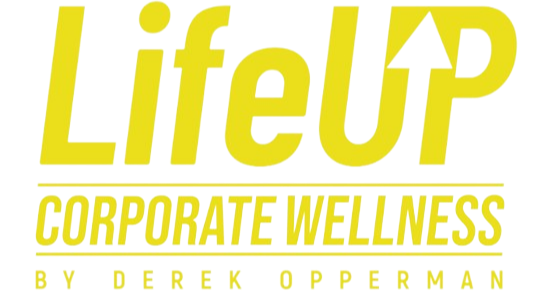
You’ve launched your most ambitious program yet, complete with emails, posters, a big kickoff event. The whole company (or most of it) is stoked. Now it’s time to get your employees healthy, present, and a lot more productive.
Believe me, we wellness pros are very familiar with these hurdles and can help you leap them like a gazelle. This kind of program focuses on crafting wellness programs that feel inclusive, sustainable, and, most importantly, inspiring. Picture a corporate wellness coach on the savannah who can get your employee flock turned around. You’ll get strategies from day one, right through to the finish line. Here are 7 powerful strategies to help you do just that.
1. Lead the Way from the Top Down
Thriving wellness programs start with leaders who walk the walk. It’s vital for executives and managers to actively share their enthusiasm. Start by creating a Wellness Committee and appointing “wellness champions” across all levels and departments. After all, when employees see their leaders genuinely committed, they’re way more likely to follow suit.
2. Make Healthy the Norm
Employees might tell you they’re too busy, unsure about the options, or don’t know where to start. Here’s where you can make it simple. Get busy communicating —emails, posters, intranet posts, text reminders. Make health easy to access and impossible to ignore. Replace pizza with nutritious wraps at team lunches or offer healthy snacks in vending machines. And if you’re using posters, make them light and fun. For instance, two Samford students who wanted people to take the stairs put up signs showing how many calories you burn per step. Smart, right?
3. Get to Know Your People
To make a wellness program they’ll actually care about, it’s worth getting to know what employees need and value. Send out surveys, form focus groups and dig for insights. Are there language or accessibility barriers? Do some employees need options tailored for remote work or specific health needs? When you listen and adapt to your team’s feedback, you’ll create a wellness strategy that truly speaks to them.
4. Brand It with Personality
Make your wellness program as recognizable as your company’s brand. Give it a catchy name and a home—whether it’s a portal or a section on the company intranet—where employees can check in, get updates, and read success stories. And make sure to celebrate those champions! Highlight achievements in company newsletters or email blasts. When wellness feels like part of the company culture, participation becomes a lot more likely.
5. Keep It Fresh and Fun
Launching a program with a bang is great, but what happens when employees start to whimper? Avoid burnout by adding fresh content and new challenges regularly. Run goose chases, team fitness challenges, host lunch-and-learns on trending health topics, or organize fun giveaways. Keeping things lively and interesting will remind employees that wellness isn’t just a one-time event—it’s a continuous journey.
6. Offer Real, Lasting Incentives
Think carefully about your incentive structure. Cash rewards or extra perks can be great motivators for participation in screenings or health plans, but they’re only part of the equation. Programs with a foundation of fun, respect, and community give employees a reason to stay engaged long-term. When people connect emotionally to wellness, it becomes more than just a checkbox.
7. Personalize things
The best wellness programs feel as personal as they are powerful. Help employees set their own goals with a variety of resources and tools—like health screenings, one-on-one coaching, or personalized fitness challenges. As they achieve small wins, they’ll be motivated to aim higher. Encourage these victories with meaningful rewards, tools, and support that show each employee you’re invested in their well-being.
The Bottom Line
A successful, inclusive wellness program can truly transform the workplace. And if you’d like to brainstorm together on what will keep your team feeling motivated, engaged, and supported—let’s connect. After all, wellness is a journey, and it’s always better with an antelope than a lion!
To your health and organizational success!



